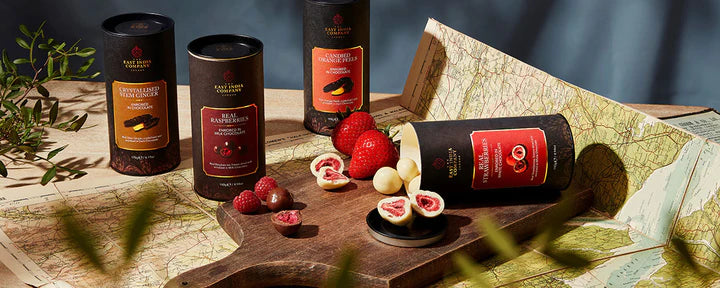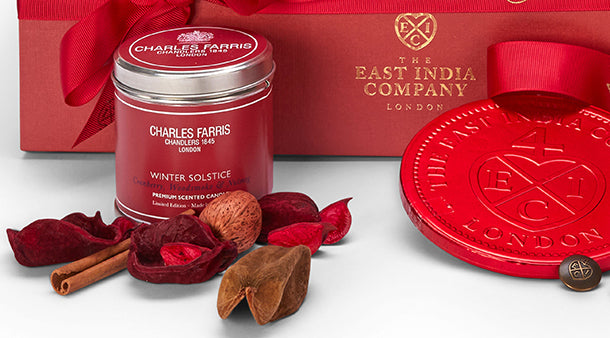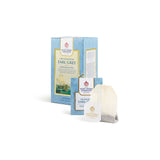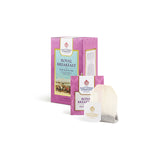Stories
White Whiskers, White Tea
White tea is named after the tiny white or silver hairs that cover the new bud on a tea plant - it is the bud which will soon unfurl to become the next young leaf.
On our White Tea product pages, if you zoom in on the tea picture, you will easily see these little whiskers. When looked at collectively, it creates a silver white sheen to the bud, hence the name.
So it is just the unopened buds or occasionally the bud and one or two of the very youngest leaves too that are picked and brought back to tea factory.
White teas are not fired like other teas, so they tend to retain a higher moisture content [therefore have a shorter shelf life]. There doesn’t seem to be a hard and fast rule about antioxidant or caffeine levels v green or black teas – whilst the white bud itself often carries a little more of both, the resulting brew tends to use cooler water for a shorter time than black, so the cup can often contain less.

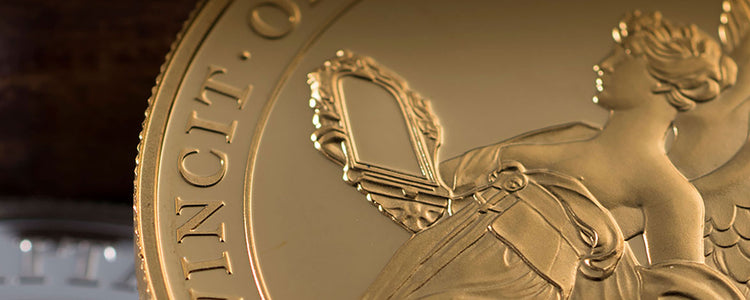
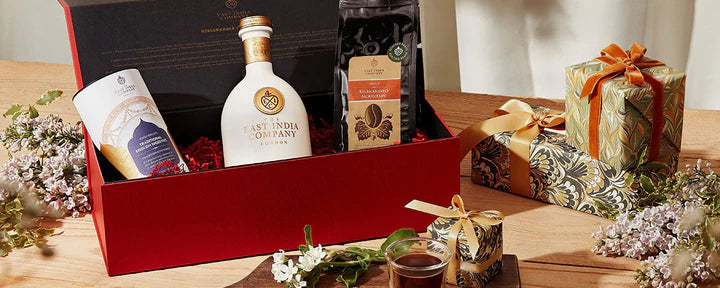

 Ceylon / Sri Lanka
Ceylon / Sri Lanka Assam, India
Assam, India Japan
Japan Taiwan
Taiwan Nepal
Nepal China
China Kenya
Kenya Egypt
Egypt Iran
Iran South Africa
South Africa